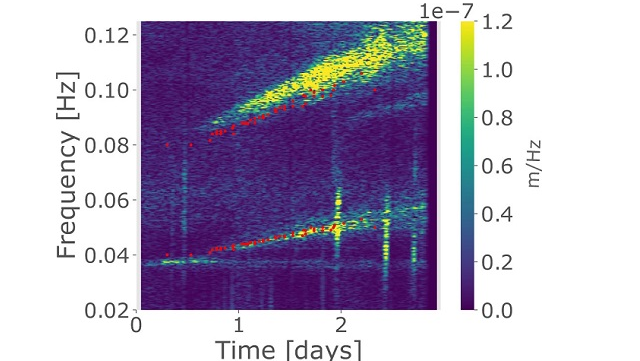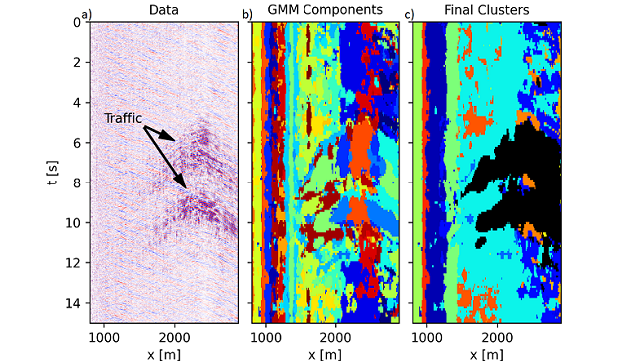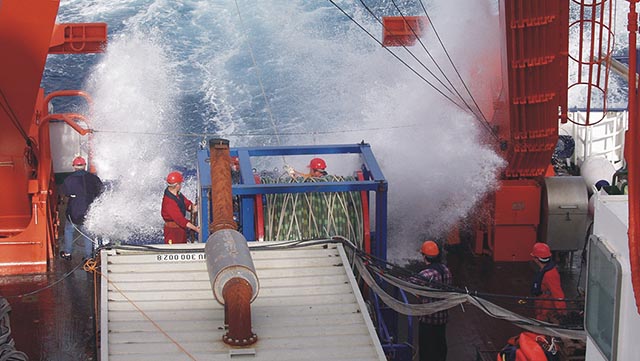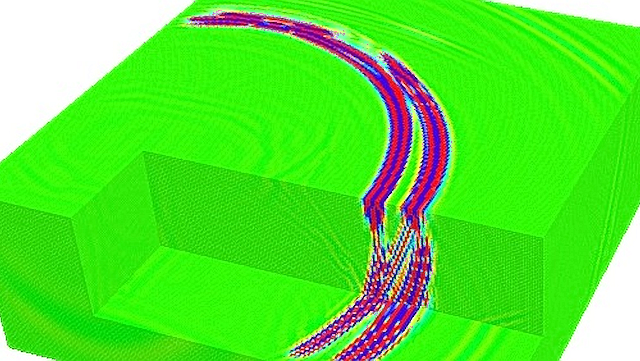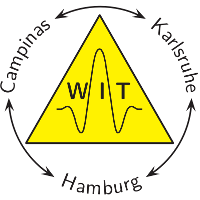Research
The complex structure of the earth with its marine basins, mountains and volcanoes is a powerful proof for the large scale and dynamic processes working in the mantle, lithosphere, hydrosphere, atmosphere and cryosphere of the earth. Understanding these processes and their nonlinear behavior is becoming more and more important for humanity. This is due to the rising vulnerability of humanity, caused by fast growing population density, new megacities arising, extensive ways of global communication and structural integration. This makes it extremely important to understand the dynamic processes of our earth and its consequent risks.
Because of that, the Institute of Geophysics at the University of Hamburg intensively carries out earth system science with focus on these processes:
- volcanism (magma rise and accumulation, eruption processes within and outside of the conduit, impact on atmosphere)
- continuous seismic monitoring of processes and changes in the near-surface, related to geo-hazards (fault zones, volcanoes, land slides)
- tectonics (plate- and salt-tectonics and their influence on topography and bathymetry)
- slipping slopes (excitation and consequences), basin structures and ocean-sediment interactions.
The timescales of these processes varies between a split second (e.g. earthquakes) and millions of years (e.g. basin formation), making a variety of observational methods and modeling techniques necessary.
Besides the experience in conducting special research projects on land or sea, the Institute of Geophysics features a well equiped sensor inventory. This equipment enables us to create detailed images of the underground, measure the magnetic and gravity field, analyse earthquakes or register deformation at the sea floor. With our devices, we simultaneously measure a multitude of physical parameters during volcanic eruptions. Some of our devices are prototypes or inhouse developments. The institutes runs a laboratory to perform model experiments on dike propagation, dynamics of subduction zones and volcanic processes. Our assumptions about the interaction between the different processes in the earth system are tested with numerical models.

